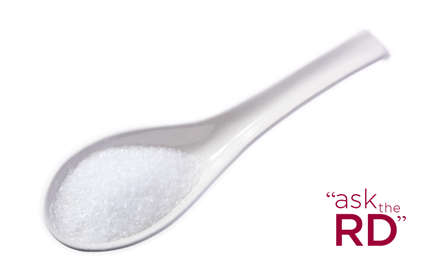When it comes to MSG, the different related terms can be confusing, so let’s define a few first:
Glutamic acid – a non-essential amino acid (building block to protein) which our bodies can make. Also, a natural component of fermented or aged foods, including soy sauce and cheese.
Glutamic acid AND glutamates (ions and salts) are combined to produce monosodium glutamate (MSG), a flavor-enhancing compound which provides an umami (savory) taste to food. It is a widely used additive in the food industry.
Umami – one of the five basic tastes, along with sweet, sour, bitter and salty.
Flavor Enhancer – food additives commonly added to food and designed to enhance the existing flavors of products.
MSG is produced by the fermentation of starch, sugar beets, sugar cane or molasses. This fermentation process is similar to that used to make yogurt, vinegar and wine.
While some people believe that MSG is the cause of certain symptoms, including numbness at the back of the neck, general weakness and palpitations after consuming items containing it, an association has never been validated, according to the U.S. Food and Drug Administration, and MSG is classified as “generally recognized as safe” (GRAS).
The FDA’s website also states, “An average adult consumes approximately 13 grams of glutamate each day from the protein in food, while intake of added MSG is estimated at around 0.55 grams per day.”
There are a few requirements and rules regarding MSG and labeling, such as those foods containing added MSG list it in the ingredient panel on the packaging as monosodium glutamate. Certain foods or ingredients may naturally contain MSG and cannot claim “No MSG” or “No added MSG” on their packaging. These items include tomatoes, cheeses, yeast extracts and soy extracts. MSG also cannot be listed as “spices and flavoring.”
If you are dining out and looking to avoid MSG, look for whole, fresh ingredients, such as fresh fish or meats without seasonings or marinades, steamed vegetables, fresh salads, and simply prepared grains, such as brown rice.

